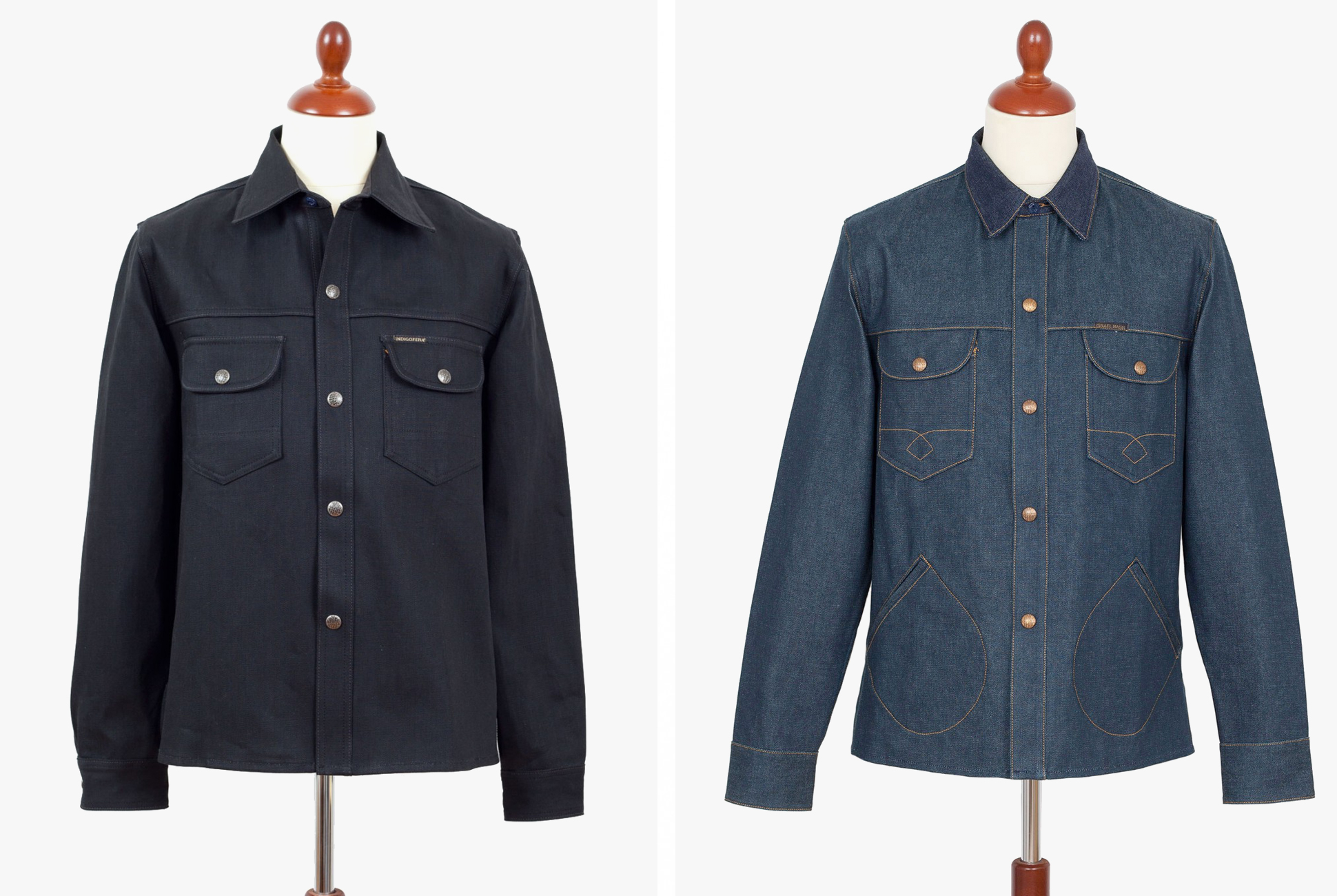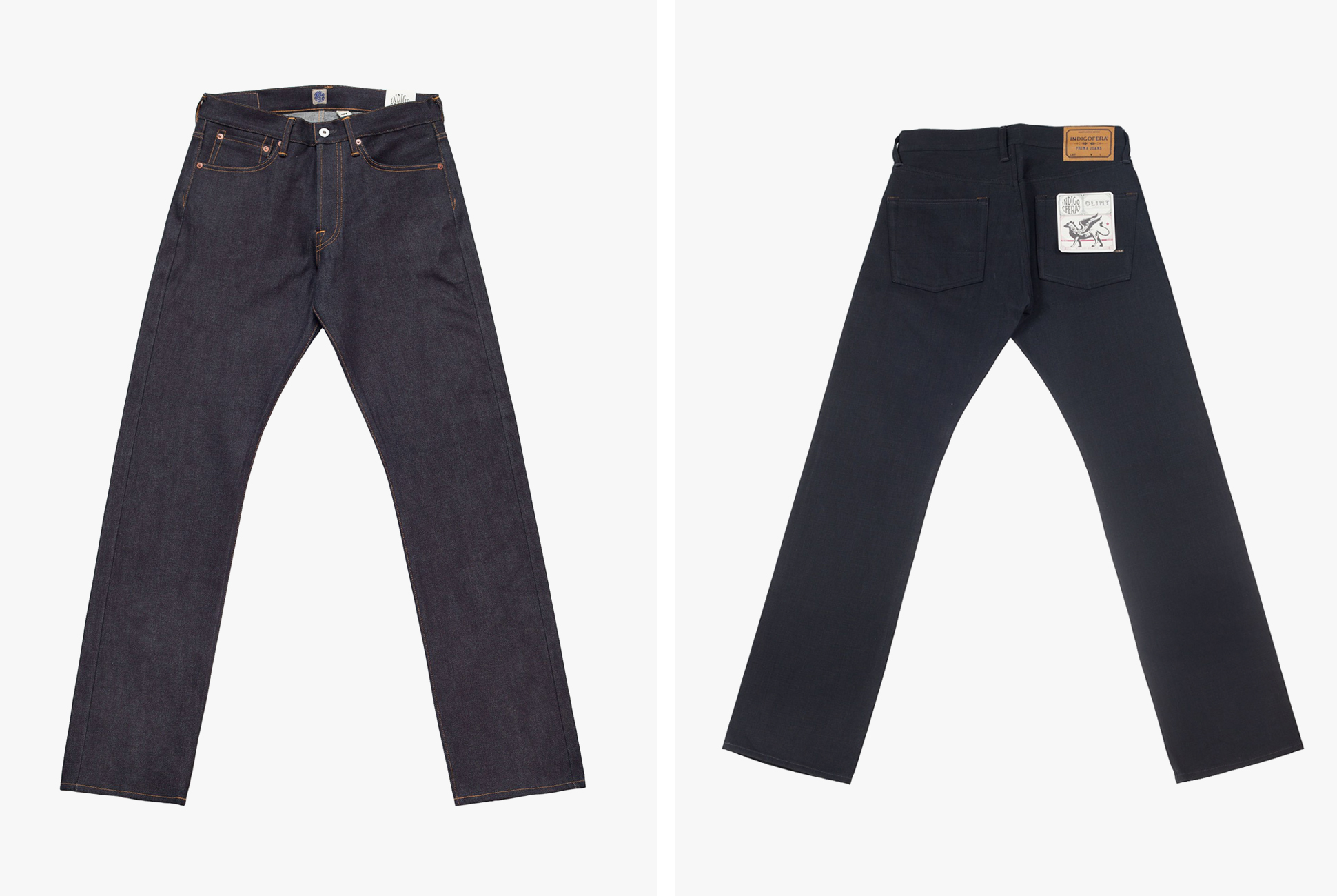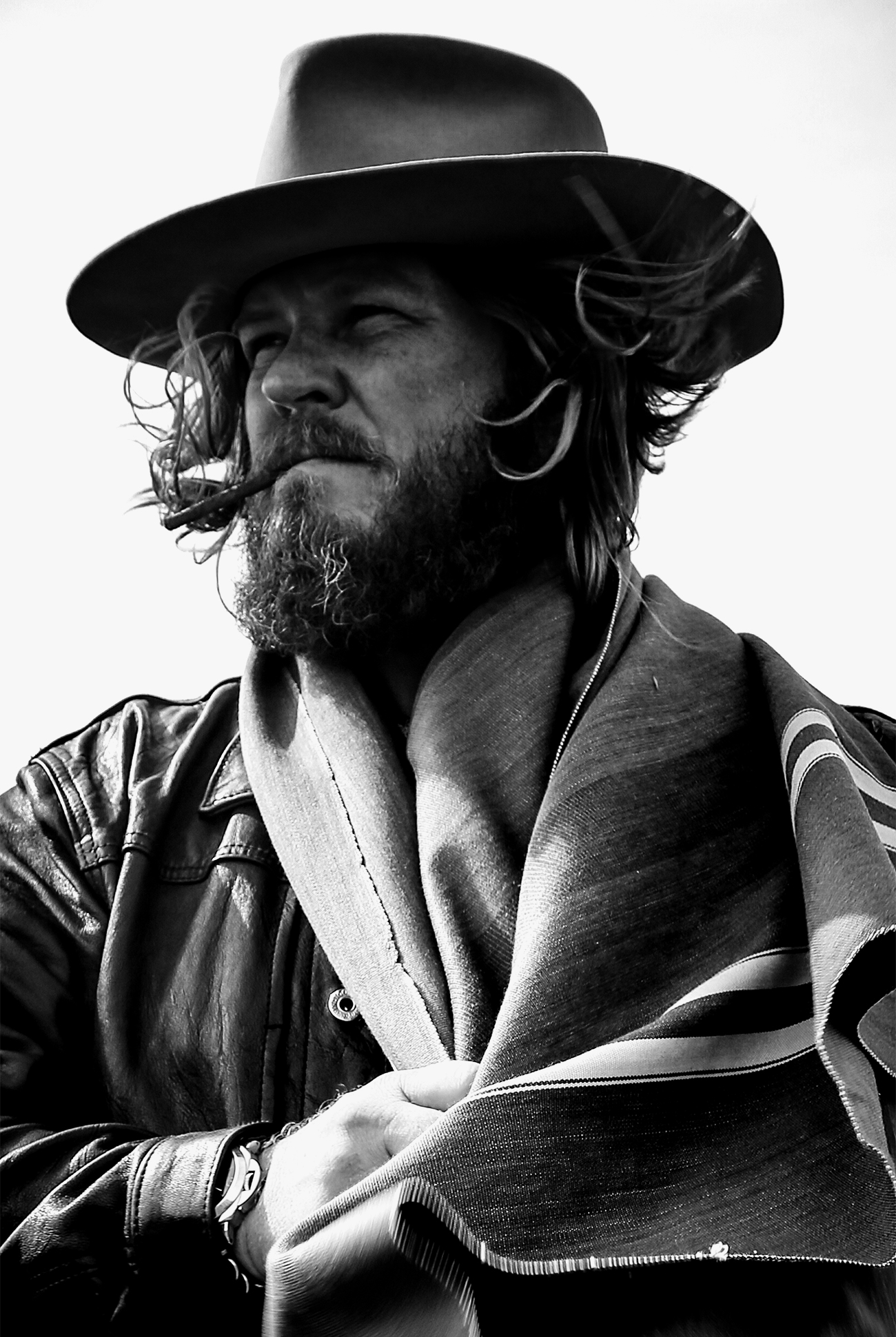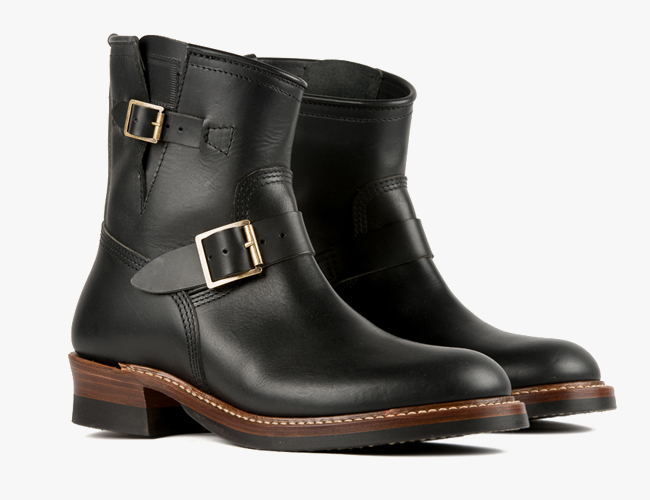Before starting Indigofera in 2007, Mats Andersson was already a denim-industry veteran. A native of southeast Sweden, he worked for Levi’s the late ‘90s, eventually holding a role as the Commerical Director of Image Account Managers. In Europe, he worked heavily with Levi’s Vintage Clothing (LVC) and Levi’s Red in sales and marketing but eventually left to start his own distribution company called The Grocery. With his new brand, he launched Edwin jeans in Scandinavia in 2004 and managed the global launch of Cheap Monday.
In the late aughts, Andersson had the idea for a brand of his own. “It seemed like the new generation did not get educated in what was good or bad quality. Quality was not a thing people asked for anymore,” he said. “At the same time, production was moving away from Europe and the USA. But price, for some reason, did not change much. Customers got used to paying too much money for too little value. And that is still happening.” So in 2007, Andersson decided it was the right time to start Indigofera, a brand focused on quality garments inspired by mid-century classics. He sourced fabric from respected mills and utilized Portuguese manufacturing, keeping production in Europe.
In 2013, he opened a retail shop called Pancho and Lefty with Mikko Engström to sell Indigofera along with brands of similar quality and aesthetic. Indigofera’s products are well-designed and highlight quality fabrics and top-tier construction. They’re made to wear-in and are fully worthy of their investment-level prices. As we near the 10 year anniversary of Indigofera’s first collection, we caught up with Andersson to reflect on denim’s European roots, vintage inspiration and his new favorite garments.

The Indigofera Copeland shirt made from 14-ounce Japanese selvedge denim (left) and the Eagles Riseing shirt in two-tone denim made in collaboration with Israel Nash (right).
Q:
What inspired you to start Indigofera?
A:
Several things, I’d say. At first, before I was working in the industry, it was a fascination and interest with the history of clothing and more precisely denim. I started out collecting vintage garments I wanted to use myself, and that lead me into the world of denim. I still have most garments, and occasionally, I buy something I find interesting. It was mostly denim garments but also leather and shirts. The question that always hovers over my head is what makes a good product good. You can find traces of that in older garments and the way they were produced. Then you put together your world of references and before you know it, it wants to materialize itself. That became Indigofera.
Q:
Did your experience at LVC influence your designs?
A:
To some degree, of course. But we never aspired to be a reproduction brand. There are those [brands] that make that in a great way. But we wanted to add something. I don’t think you can make what we are doing and not be aware of denim history, but that can give some small amount of freedom if you know what has been done and what worked.
Fits and fabric can be developed and pushed forward. We developed many different fabrics with our Japanese mills. That goes for shirt fabric, denim fabric. Even our jersey is specially woven for us with 100 percent U.S.-grown pima cotton. Experimenting and developing new fabric gives us an outlet for creativity and it comes back with a certain satisfaction seeing a garment built from the fabric all the way to ready garment.
Q:
Did Indigofera grow from the Swedish denim industry, or is it more inspired by American workwear?
A:
In my view: the denim industry, to some degree, developed by European emigrants moving [to the U.S.]. The fabric came from Europe in the beginning — from Nime, France, and Genoa, Italy. Jacob Davis, inventor of the rivet, was born in Latvia. Levi Strauss, Germany.
Q:
How do vintage garments impact your designs?
A:
It’s like with rock music — we would not have the music we have today if it did not evolve from jazz, blues, rock and roll. The same evolution can be seen in the clothing industry. So yes, it does have an impact, and we do a lot of research for fabric and construction. But very seldom are we using a garment and just [reproducing].
Q:
What is most important to you about the garments you create?
A:
Quality and aesthetic in combination. They need to be durable and wearable. We are digging into the idea of what quality is and how to apply to garments. Making conscious decisions all the way from designing the fabric, to what metal goes into the trims and how in the end it is sewn. 
Featuring Japanese selvedge denim, Indigofera jeans are made in Portugal.
Q:
What is difficult about designing each season?
A:
Restraining ourselves and keeping it real. It’s so easy to get carried away and add stuff to the collection that should not be there. We like every garment to count, to be there for a reason, well thought through.
Q:
Do you have any favorite pieces from the current season?
A:
We made a lighter jersey fabric that goes into Leon, a raglan/baseball tee. The fabric looks vintage but has only one garment wash, and its 100 percent Pima cotton. There is a new fabric we named Winlock; it’s a low-tension weave made by Nihon Menpu. We used it in our Clint jean and Banks jacket.
Q:
Are there any other brands in the space that you’re excited about?
A:
Yes. Check our online store Pancho and Lefty and you can see which brands we think are great. Instead of creating an Indigofera web store, we want to promote brands we like and contribute and expand the niche we are [in] with Indigofera.

Mats Andersson
Q:
What does the future look like for Indigofera?
A:
We are working on some things with the singer-songwriter Israel Nash: he has a new album coming out later this year and we are making some special things in regards to that.
2009 was the launch year for Indigofera and the first time you could find products from us in stores. Right now we are looking at some special collaborations, and special things overall, to get out during 2019 to highlight [our] first 10 years.
John Lofgren is uncompromising in his line of Japanese-made footwear. We caught up with him to discuss the inspiration behind his brand, Japanese craftsmanship and his favorite shoe models. Read the Story

